Thyroid eye disease
Thyroid Eye Disease or TED is a condition wherein the eyes are affected due to abnormal thyroid hormone level in the body. Very rarely this condition can occur in the presence of normal blood thyroid levels. In TED the tissues behind the eyeball and around the eye become swollen. This makes the eye look bulgy and gives a staring appearance. Consequently, these patients hide behind glasses and have low self-esteem with some experiencing depression and social isolation. Although risk is low, 10% people with TED can have decrease in vision or loss of vision.
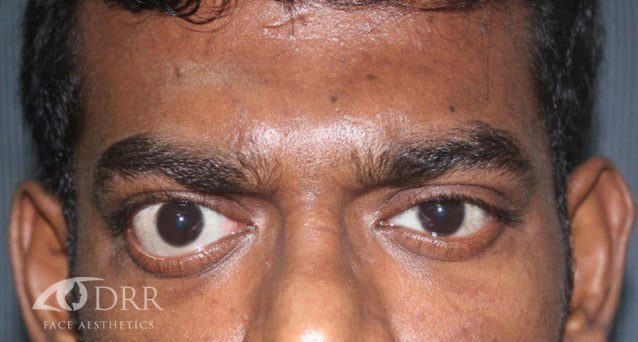
Before
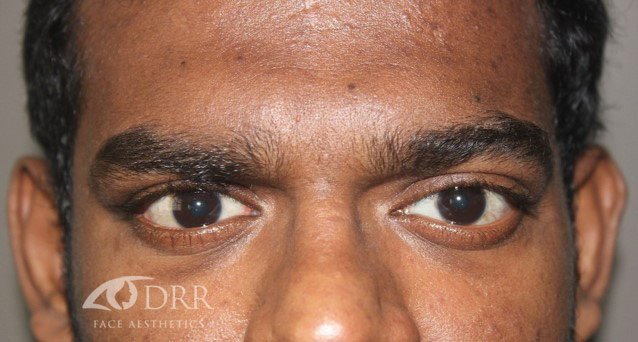
After
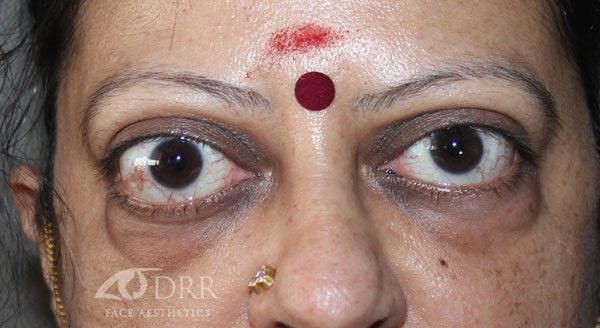
Before
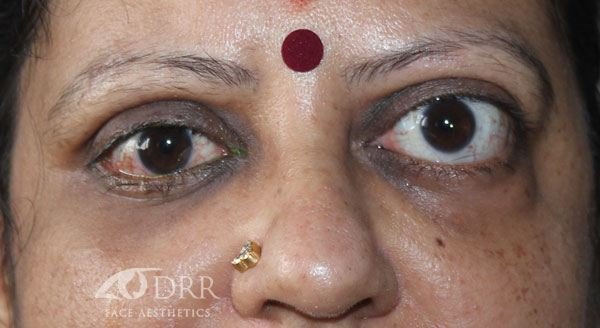
6 Weeks After
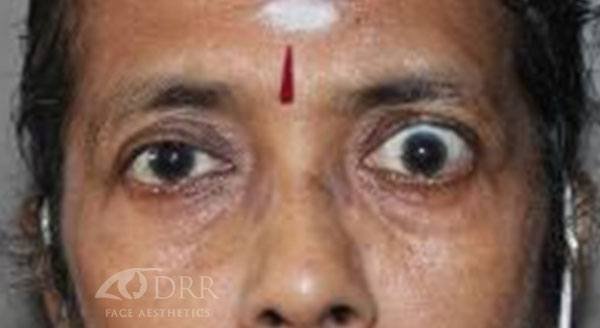
Before
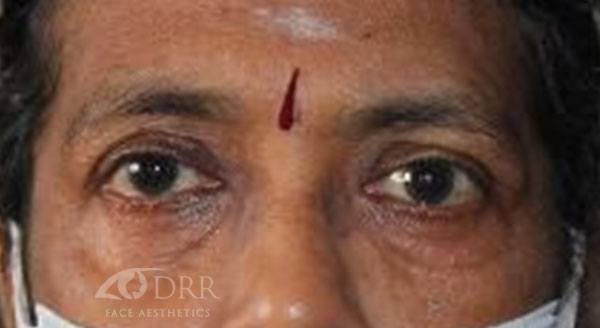
6 Weeks After
Common Symptoms of TED in active phase are
- Swelling of eyelids more in mornings and in sunlight
- Redness, discomfort and watering
- Double vision especially on prolonged reading
- Inability to completely close the eyes
- Decrease or blurring of vision noticed especially when one eye is closed.
Simple Steps to be taken at home along with medical treatment, in the active phase are
- Head elevation while sleeping
- Use sun glasses in sunlight
- Quit smoking
- Diabetes control
- Daily vision checks at home by closing one eye at a time so that decreased vision in one eye can be detected early.
- Look for colour desaturation at home while watching TV by closing one eye.
- The staring appearance can be corrected temporarily with botox and fillers.
- Quite often there are cosmetic problems like prominence and bulging of the eyes, staring appearance, squinting , puffiness of eyelids in the inactive phase .
Treatment
The treatment differs between individuals , depending upon stage of disease , symptoms and signs. Curing or stabilizing thyroid levels in the body may not stop the eye condition from aggravating. Treatment for thyroid eye disease should be undertaken simultaneously but independent of systemic disease.
Once the active stage is over, the residual bulgy eye ,squint or lid swelling will require surgical correction. These will not resolve on their own as is commonly believed. Normal appearance of the eyes can be restored by minimally invasive advanced keyhole surgeries.
Surgery is done in a staged manner. Every patient does not need all stages and sometimes two stages can be combined. The bony decompression is performed first followed by squint correction followed by eyelid and lastly, periorbital facial rejuvenation.
For bulgy eyes the bony walls around the eye are opened, so that more space is created behind the eyeball and the prominent eye returns to its normal position. This surgery is called orbital decompression. This maybe combined with removal of excessive fat behind the eyeball.
The eyelids can be corrected by blepharoplasty, lid retraction correction and sometimes ptosis correction.
